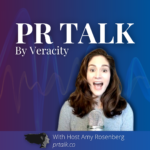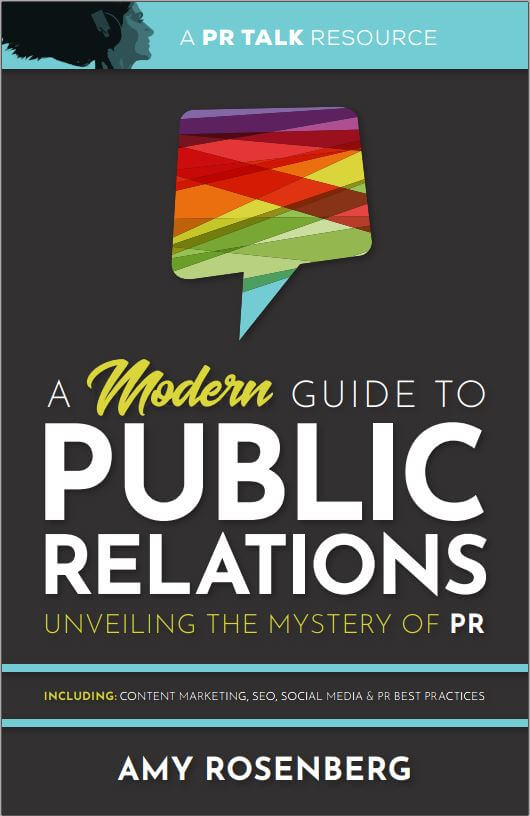FOR IMMEDIATE RELEASE
Headline Summarizing Everything: It’s Clear, Concise, Compelling & Timely
Subhead: secondary header underneath the headline going into greater detail if necessary, which it isn’t always
Dateline — We are in the first paragraph now. Introduce your news here. It might help to think of this in a who, what, where, when, why format — paragraph style. What is going on? Who is involved? Where (area or population) does this affect? When did or will this happen? Include the timely piece if you don’t have a when because you always need somewhat of a when. Mention the company/client and link to their website.
Possibly the why or even more specific who, what, where, when details would fall here, in the second paragraph.
“You would include your first quote either here or in the second paragraph if it makes more sense to encapsulate your details in a quote,” said first & last name, title, organization. “Do not bury your quote too far down and follow this exact format. Never bury a first quote inside the words of a bulky paragraph either — make it stand out as it’s own paragraph.”
More specifics here. You could further explain your why with some statistics or supporting research, although quotes are also grand places to detail why’s if you don’t have hard cold info. I also don’t like a press release that simply lists quote after quote. I guess you could do this in a pinch or when working with multiple parties that must add their two cents into the quote. But know that it is lazy.
“Here is where your second quote would go. You could either further explain something by quoting the same person, in which case you’d end the quote with just their last name because you don’t need to re-introduce their organization and title,” said last name. “Or you could introduce another person you need to kiss up to, such as a sponsor. It might be very important that the sponsor is included in the actual news that results from this press release, in which case, quote them first saying something that’s necessary to the story.”
You can end here with the boiler plate or if you have just a few more supporting lines to your who, what, where, when, why — add them here. You can of course have more than two quotes in a press release but this probably means you’re trying to make multiple people happy. Just remember that the farther down the eye travels in the press release, the less likely your external parties will get included in the actual news. This is great because it gives you some semblance of control in a truly uncontrollable field. This kind of strategic thinking is what PR is about. It’s not about putting down fancy words in a pretty press release.
We end with the classic boilerplate. “Boilerplate” means that it’s the same in every document. Many clients or bosses think this is very important. But because it’s at the bottom of the press release by now you know that it’s not. Humor them anyways. This shouldn’t be much longer than five sentences explaining what your organization is about, who (including geographical areas) it serves, unique or specific products or services, general organizational website and social media handles.
# # #
Video on the Types of Press Releases
Here is a video I recorded to support my book, A Modern Guide to Public Relations, specifically on the various types of press releases:
Feature image courtesy of Kaleidico via Unsplash









